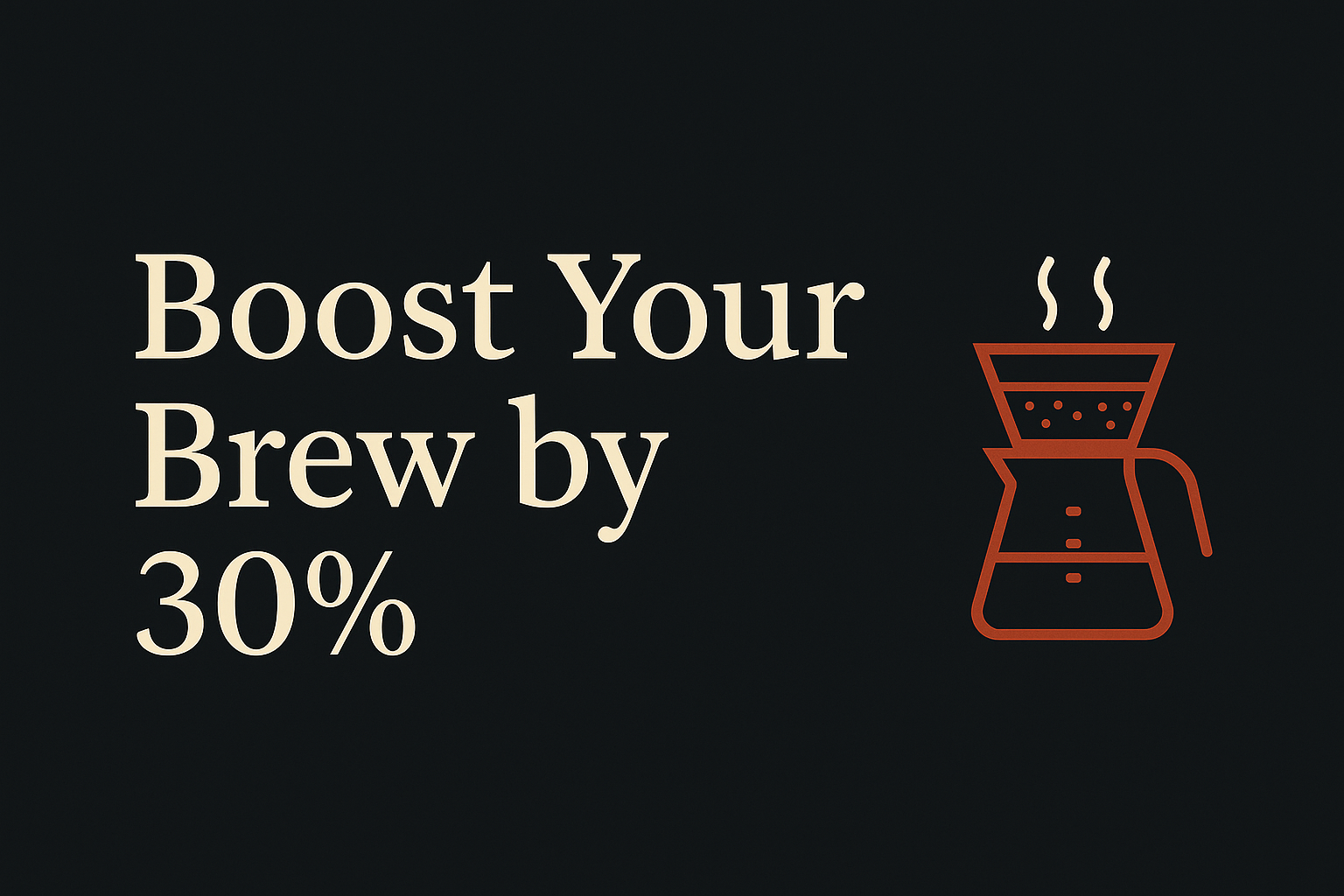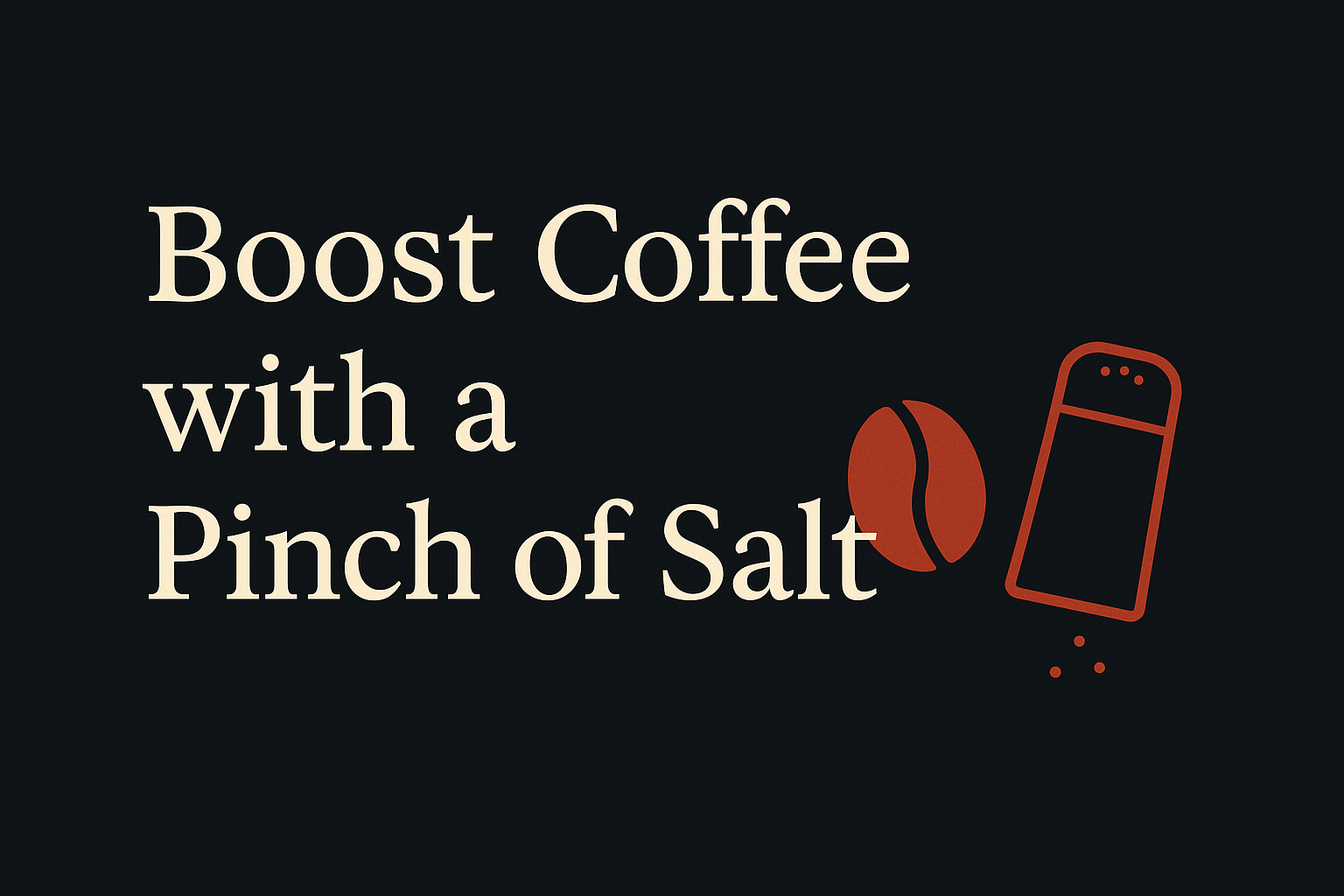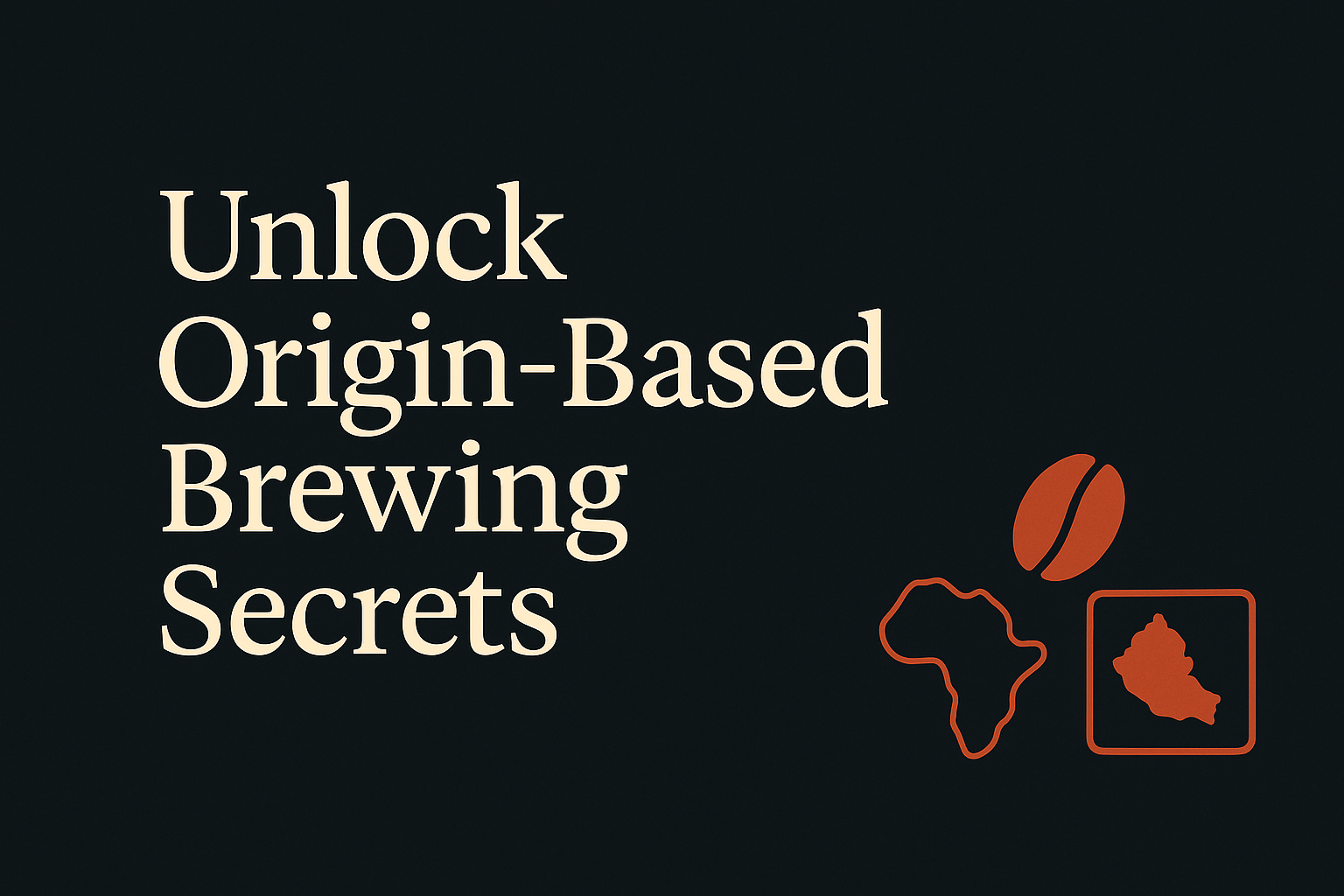The difference between extraordinary espresso and ordinary shots often comes down to one critical element that most home baristas overlook: temperature profiling. This sophisticated technique, once reserved for world championship competitors, is now revolutionising home coffee brewing by delivering up to 35% improvement in flavour clarity and balance.
Temperature profiling represents a fundamental shift from traditional constant-temperature extraction to a dynamic approach that deliberately varies water temperature throughout the brewing process. Recent scientific research published in the International Journal of Innovative Research in Multidisciplinary and Pilot Survey Studies reveals this technique can substantially enhance flavour outcomes by accessing different compounds at their optimal extraction points.
The Science Behind Temperature Profiling
Understanding why temperature profiling works requires delving into coffee's complex chemistry. Coffee contains hundreds of flavour compounds, each with distinct solubility characteristics and optimal extraction temperatures. Traditional brewing methods create an inevitable compromise, but profiling enables sequential extraction of these compounds in their ideal thermal ranges.
Different compounds extract at varying rates depending on temperature:
- Acids and bright flavours extract readily at 88-91°C
- Sugars and body-contributing compounds require 92-96°C for optimal extraction
- Bitter compounds become prominent above 96°C
- Aromatic compounds are most volatile at lower temperatures
Research from the National Center for Biotechnology Information demonstrates that constant-temperature brewing often over-extracts some compounds whilst under-extracting others, leading to unbalanced shots with harsh edges or weak body.
Primary Temperature Profiling Techniques
Two fundamental approaches have emerged from recent scientific research, each addressing specific challenges in espresso extraction.
Increasing Temperature Gradients
This technique starts extraction at 88-90°C and gradually increases to 93-96°C throughout the 25-30 second brewing process. Research indicates this approach can reduce perceived acidity by 27% whilst enhancing sweetness in light roasts.
The process works by initially extracting delicate fruit acids at lower temperatures, then accessing caramelised sugars at higher temperatures for balanced shots. This technique particularly benefits single-origin specialty coffee beans with pronounced acidity profiles.
Decreasing Temperature Gradients
Conversely, this method begins at 94-96°C and finishes at 88-91°C. Studies from Perfect Daily Grind indicate this approach can reduce bitterness by 31% in darker roasts by limiting extraction of harsh compounds during later brewing stages.
This technique proves particularly effective for medium-dark and dark roast profiles, where controlling over-extraction becomes crucial for maintaining flavour balance.
Equipment for Temperature Profiling
Implementing temperature profiling requires equipment capable of precise thermal control throughout the extraction process. Options range from professional-grade machines to accessible home alternatives.
High-End Solutions
Professional machines like the Decent DE1PRO ($3,600) offer tablet-controlled temperature profiling with precise control over temperature curves. These machines provide unparalleled flexibility for experimenting with custom profiles.
Mid-Range Options
Equipment like the Profitec Pro 500 PID ($1,749) and Bezzera BZ13 offer solid PID temperature stability with manual profiling capabilities. These machines provide excellent foundations for temperature profiling without the premium price point.
Budget-Conscious Alternatives
The Breville Barista Pro ($700-1000) offers basic temperature adjustment capabilities, allowing home baristas to explore temperature profiling principles without significant investment.
Implementing Temperature Profiling at Home
Successful temperature profiling requires understanding your coffee's specific characteristics and matching appropriate techniques to maximise flavour potential.
Light Roast Considerations
Light, acidic coffees benefit from increasing temperature profiles to enhance sweetness and balance acidity. Start with lower temperatures to extract delicate aromatics, then increase temperature to access sugars and body compounds.
Dark Roast Applications
Darker roasts improve with decreasing temperature profiles to control over-extraction. Begin with higher temperatures to extract soluble compounds quickly, then reduce temperature to prevent bitter compound extraction.
Measurable Benefits and Results
Controlled testing reveals significant improvements when appropriate temperature profiles match coffee characteristics. According to research from New Ground Magazine, blind taste testing confirms:
- 35% improvement in flavour clarity
- 29% greater perceived sweetness
- 31% reduction in undesired bitter compounds
- Enhanced aromatic complexity and balance
Perhaps most tellingly, a 2024 coffee competition analysis revealed that 78% of winning baristas incorporated some form of temperature profiling in their championship routines, demonstrating the technique's effectiveness at the highest levels of coffee competition.
Advanced Profiling Strategies
Experienced baristas develop sophisticated profiling approaches that consider multiple variables simultaneously:
Dose adjustments work in conjunction with temperature profiles to optimise extraction. Higher doses may require extended profiling curves, whilst lighter doses respond better to shorter temperature variations.
Grind size influences how temperature changes affect extraction. Finer grinds require more careful temperature control to prevent over-extraction, whilst coarser grinds may benefit from more aggressive temperature profiling.
Pre-infusion timing coordinates with initial temperature settings to ensure optimal wetting and compound solubility before main extraction begins.
The Future of Home Espresso Excellence
Temperature profiling represents the intersection of coffee science and artistry, offering home baristas unprecedented control over their espresso's flavour development. As home coffee technology continues advancing, this technique provides a powerful method for unlocking coffee's full potential through precise thermal management.
The technique transforms espresso brewing from a static process into a dynamic art form, where every temperature adjustment contributes to the final cup's character. Understanding these principles enables home baristas to achieve professional-quality results previously accessible only to competition-level practitioners.
Perfect Your Temperature Profiling Journey
Ready to revolutionise your espresso experience with temperature profiling? The foundation of exceptional temperature profiling begins with exceptional coffee beans that respond beautifully to these advanced techniques. Explore our curated selection of premium specialty coffee beans, specifically chosen for their outstanding performance across different temperature profiles. Each origin offers unique characteristics that shine when paired with the right profiling approach, giving you the perfect canvas to master this transformative brewing technique.




